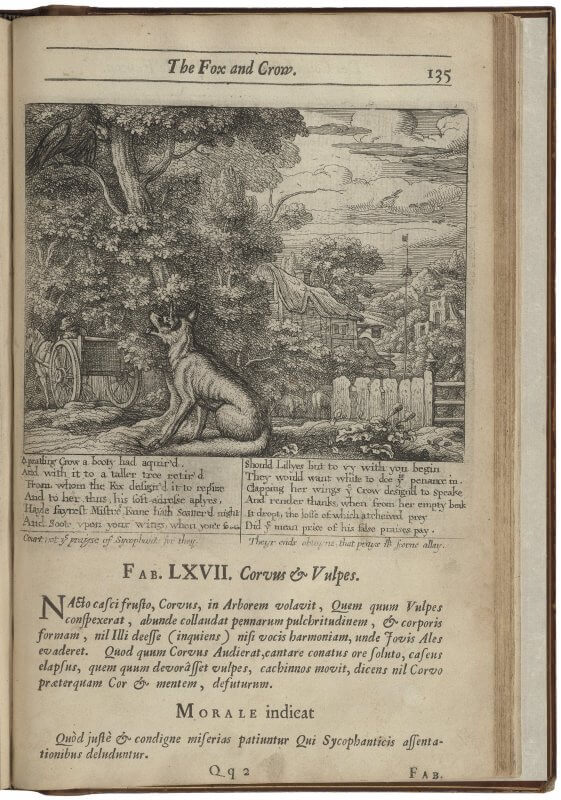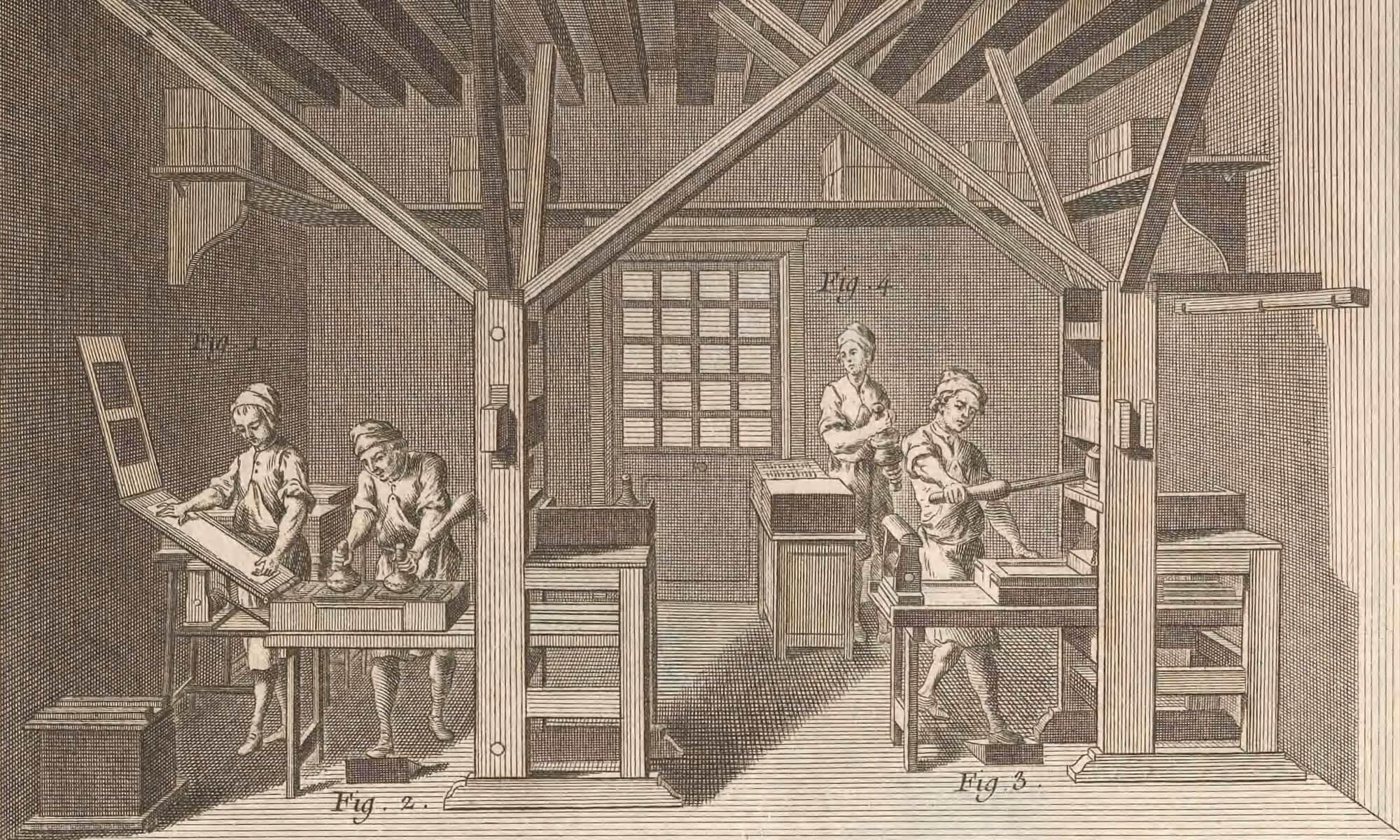Gadbury, Ephemeris, 1688 (A4v-A5r)
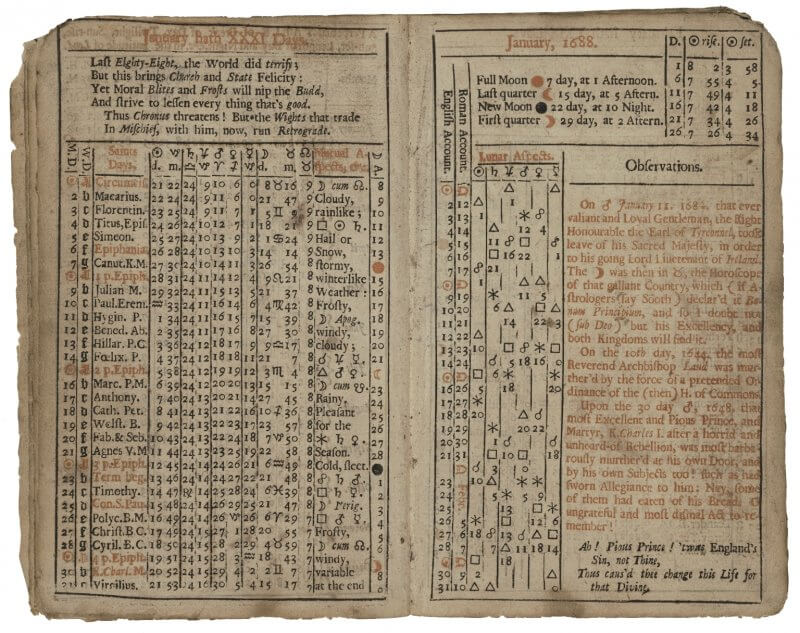
Guyot, Type specimen, 1565
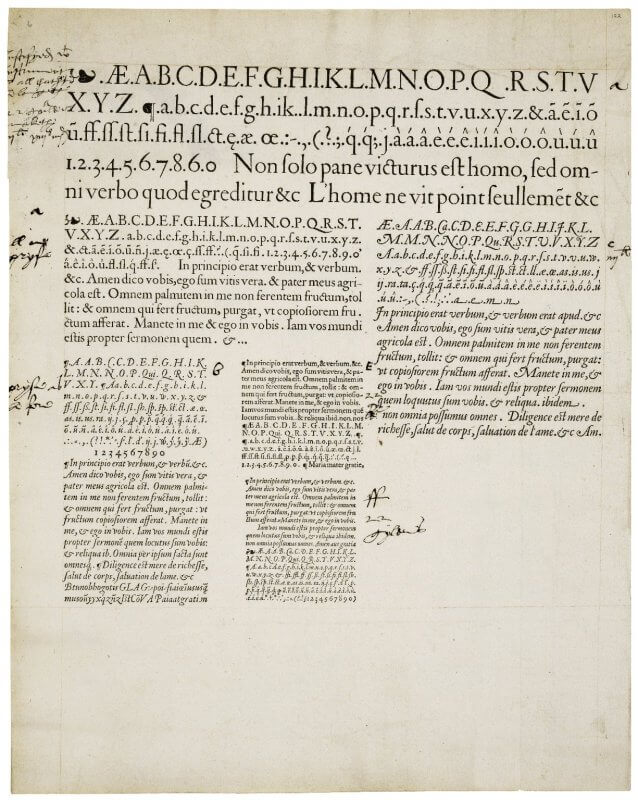
Holinshed, Chronicles, 1577, pub. Harrison (¶1r)
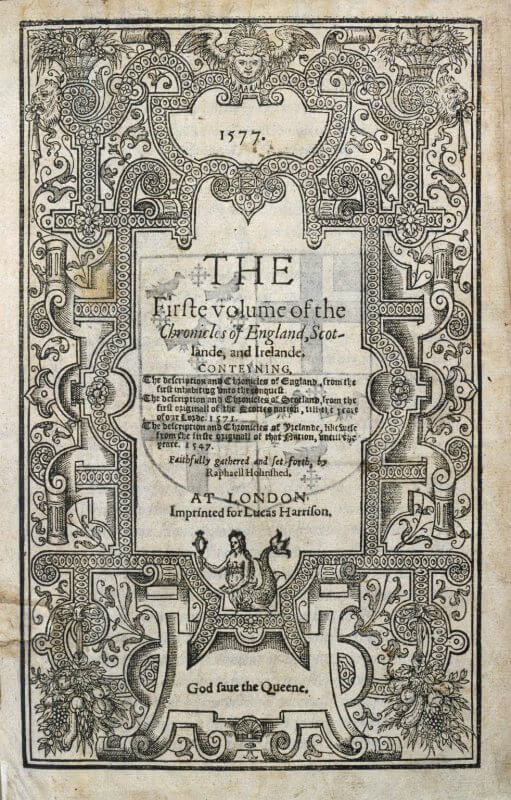
Mattioli, Herbarz, 1562 (fol. CXXXVIr)
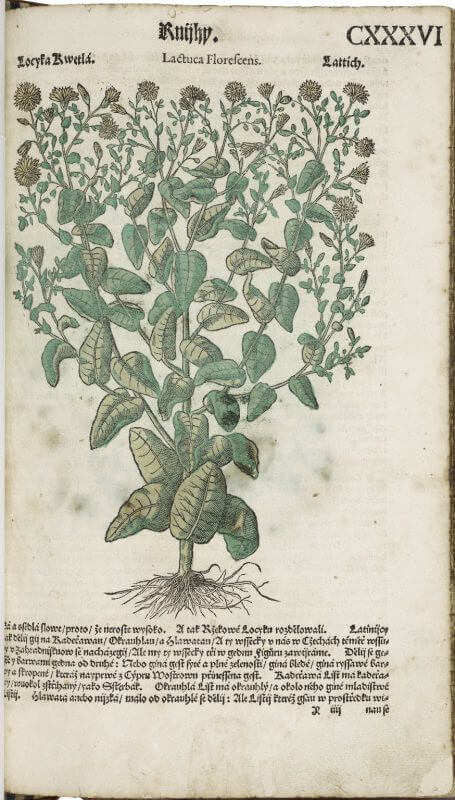
Meyerpeck, woodblock
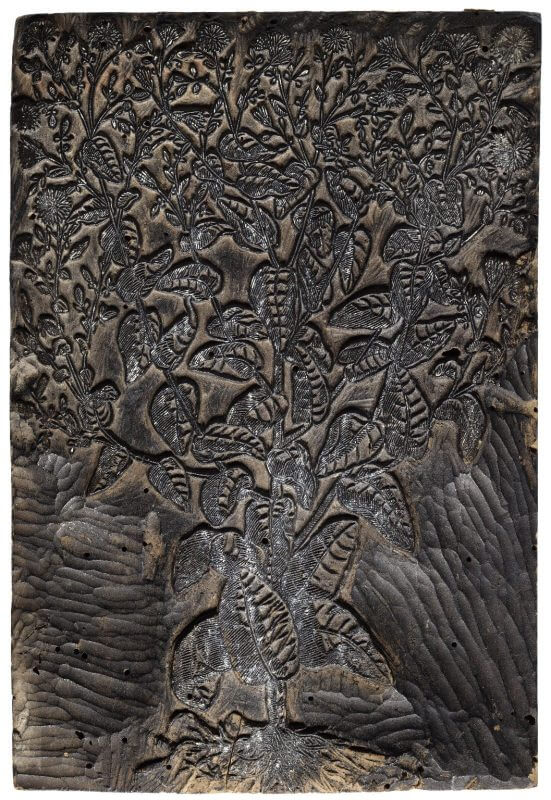
Nostradamus, An almanach, 1562 (fol. 1r)
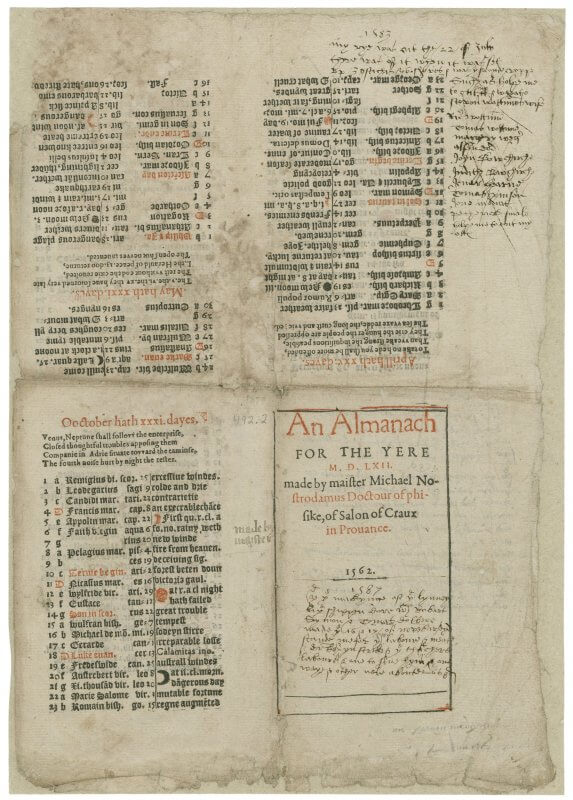
Nostradamus, An almanach, 1562 (fol. 1v)
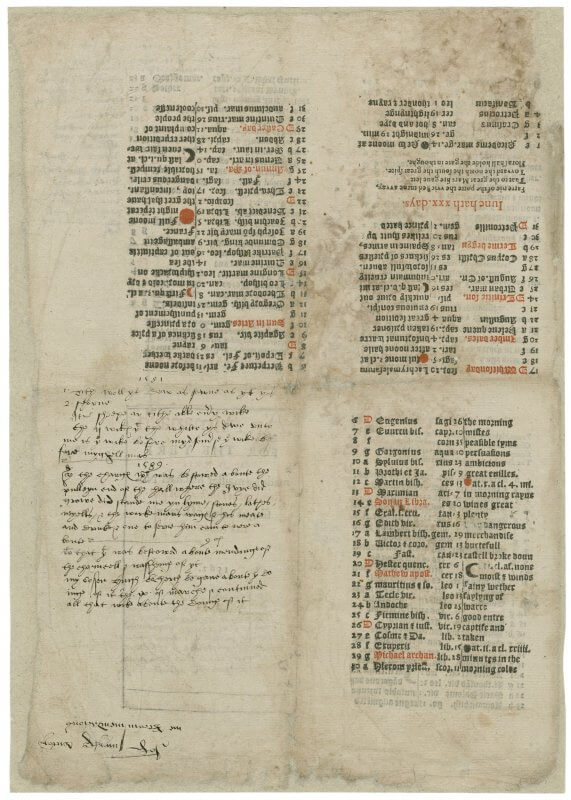
Nostradamus, An almanach, 1562 (fol. 2r)
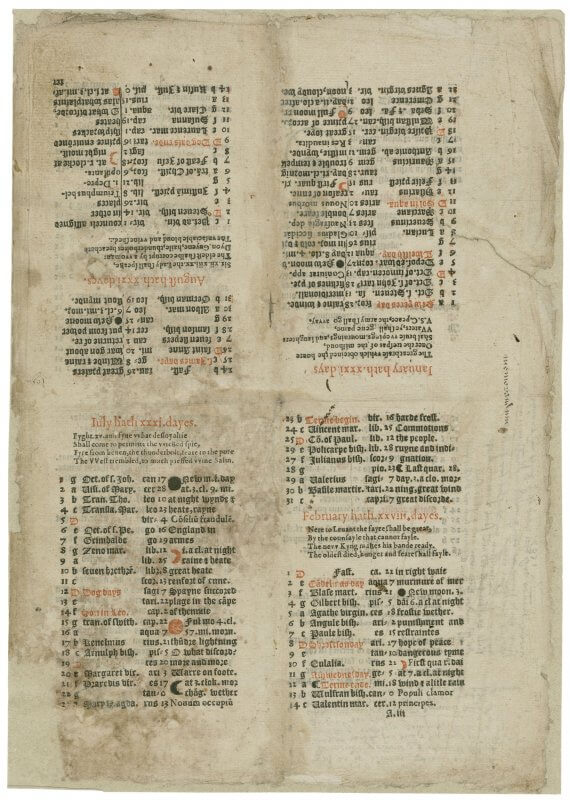
Nostradamus, An almanach, 1562 (fol. 2v)

Philipott, Aesop, 1666 (sig. 2Q2r)
